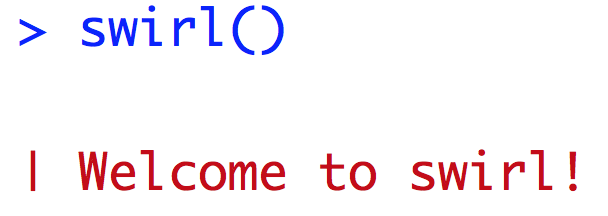1721 total view(s), 708 download(s)
Final_Swirl_Lesson_Plan-DIkis-final.pdf(PDF | 97 KB)
To_Do_List_Before_Start_Swirl-DIkis-final.pdf(PDF | 104 KB)
Two_Way_ANOVA.swc(SWC | 6 KB)
- License terms
Description
In this lesson, students will:
1. Learn the necessary statistical terms to understand two-way ANOVA (factor, factor level, replicate, experimental unit and response variable).
2. Visualize a two-factor data set.
3. Perform two-way ANOVA.
4. Interpret the results of two-way ANOVA.
5. Check for the ANOVA assumptions.
Students design, conduct and analyze a plant experiment to investigate (1) if competitive interactions are present (either interspecific or intraspecific competition), and (2) which, if any, limiting factors (i.e. nutrient, space, light, etc.) affect this population. This semester-long experiment is part of the lab for an upper level General Ecology course. The swirl lesson focuses on how to perform two-way ANOVA using R and RStudio with the help of a mock data set resembling the results of students’ plant experiments. Lesson implementation begins with the swirl lesson (1 hour class period), after which students analyze their own plant data sets and write their lab reports.
Cite this work
Researchers should cite this work as follows:
- ikis, d. (2019). Two-Way ANOVA. Reducing Barriers to Teaching with R in Undergraduate Biology, QUBES Educational Resources. doi:10.25334/Q45T6F
